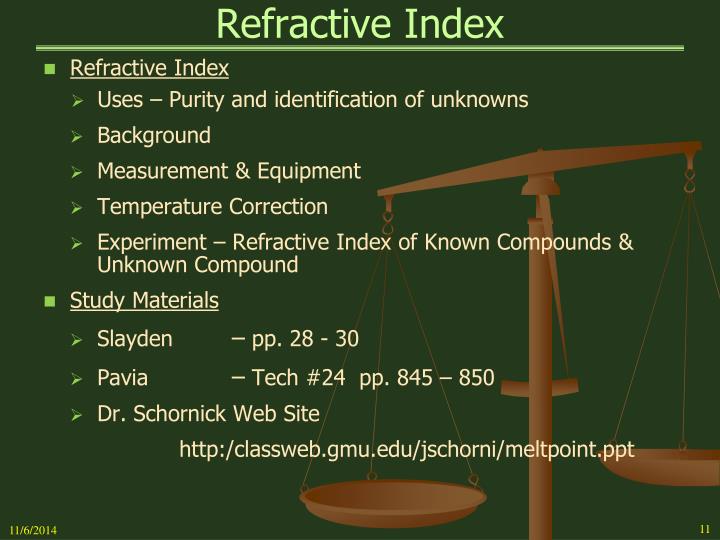
Earlier reviews dealt with each of these areas, so we shall concentrate here on recent studies.
Plot melting point measure vs literature values software#
This paper reviews the QSPR prediction of boiling point, vapor pressure, and melting point, and also reports the testing of a number of commercial software programs that predict these properties. His predictions were remarkably accurate, with errors generally being < 1° for both melting and boiling points. His QSPRs were for homologous series, and took the form t = β x/(1 + γ x), where t is the temperature (☌), x is the number of methylene units in the hydrocarbon chain, and β and γ are constants for a given chemical class. It is worth mentioning that many QSPRs predate this period, with the earliest QSPRs for melting point and boiling point being published as long ago as 1884 by Mills. Since the advent of modern QSAR investigations in 1962, many attempts to model physicochemical properties have been published. Thus, it is valuable to be able to predict these properties by using QSPR techniques, which have the additional advantage of being quick to use.Ī QSPR is a mathematical description of a property in terms of other properties (descriptors) that are of three broad classes-hydrophobic, electronic, and steric. Furthermore, new chemical entities often are submitted to the regulatory authorities without even such simple-to-determine properties as melting point being provided. Nevertheless, even basic physicochemical properties often are not available for many chemicals that are released into the environment. In addition, melting point can be used in the prediction of aqueous solubility. Melting point, too, has been used to predict vapor pressure, and is valuable also in that it indicates the physical state of the chemical at ambient temperatures, which will dictate how the chemical is handled and treated. Vapor pressure also has been used as a descriptor in quantitative structure-activity relationships (QSARs) to predict toxicity. These properties are important because the vapor pressure of a chemical affects its residence time in soil and in water, and thus is a significant factor in its distribution and transport in the environment, being used in fugacity calculations. The first two are, of course, related, because boiling point is the temperature at which vapor pressure equals atmospheric pressure in fact, boiling point is used in some quantitative structure-property relationship (QSPR) models to predict vapor pressure. Step 1: Subtract the accepted value from the experimental value.The environmental impact of a chemical is dictated by its physicochemical properties, which include among others, boiling point, vapor pressure, and melting point. Copper’s accepted density is 8.96 g/cm 3. When you calculate the density using your measurements, you get 8.78 grams/cm 3. You measure the sides of the cube to find the volume and weigh it to find its mass.

Multiply that answer by 100 and add the % symbol to express the answer as a percentage.Divide that answer by the accepted value.Subtract the accepted value from the experimental value.For example, in experiments involving yields in chemical reactions, it is unlikely you will obtain more product than theoretically possible.

If you need to know the positive or negative error, this is done by dropping the absolute value brackets in the formula. In most cases, absolute error is fine. Note: occasionally, it is useful to know if the error is positive or negative. The formula for calculating percent error is:


 0 kommentar(er)
0 kommentar(er)
